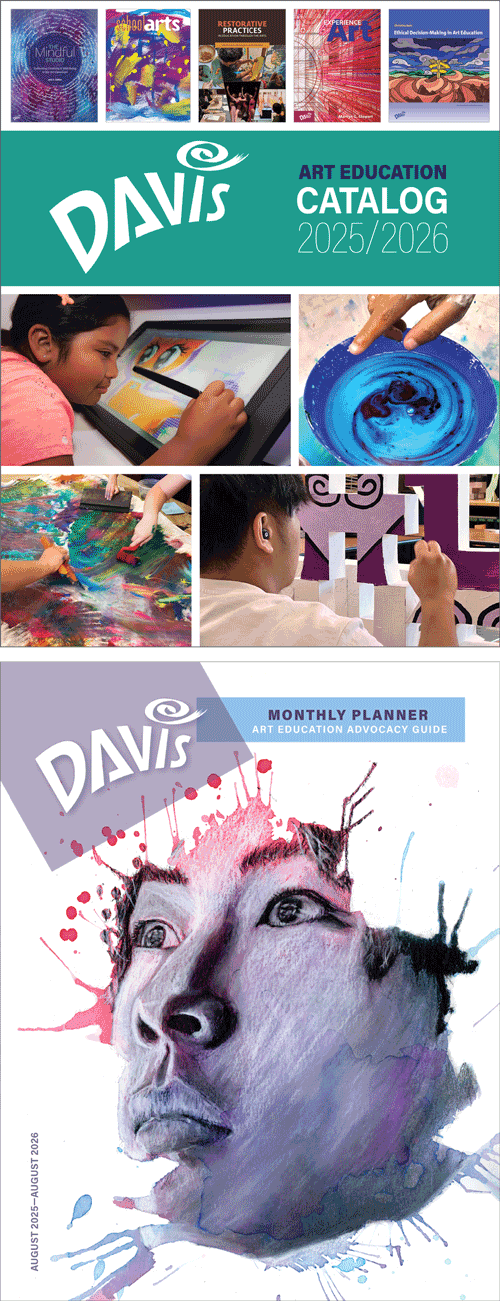Arctic Ice Day: Frederic Church
Frederic Church, the Hudson River School painter became fascinated with the nature of the Arctic in the 1860s when there began to develop many expeditions from both European and American explorers to chart the vast region. Unfortunately, they never dreamed of climate change the effect it is having on the polar ice. Arctic Ice Day was started by the Arctic research group Polar Bear International to draw attention to a devastating climate issue which threatens to decimate the polar bear population. The Arctic is warming two to three times faster than the rest of the planet, causing its sea ice to melt by almost 5% each decade.
Arctic Ice Day, 15 July: art by Frederic Church (1826–1900, United States)
Frederic Church was a Hudson River School painter, the only pupil ever mentored by Thomas Cole (1801–1848).
 |
| Frederic Edwin Church, Icebergs, 1863. Oil on canvas, 8.25 x 145.3 cm. Image © 2025 MFA, Boston. (MFAB-240) |
Church’s interest in the Arctic began with the search for Sir John Franklin (died 1847) a British explorer whose expedition to the Arctic ended with the death of crews of two ships, and the search for the bodies of the crews in the following decade. Church’s paintings already emphasized the power and grandeur of nature, and the Arctic north with its ice flows and icebergs fascinated him.
He eventually in 1860 booked passage on a ship to the Arctic to study icebergs first hand. The result of that trip was a collaborative book chronicling the trip through the Northwest Passage called After Icebergs with a Painter. This painting is based on that trip. It not only reflects Church's efforts at expressing the grandiose power of nature, but also highlights his interest in Luminism, and the use of light for dramatic purposes.
There was virtually no tradition of landscape painting during the 1700s in American painting, save for overmantle decoration (a painted woodland scene above a fireplace, usually part of the wall), and as perfunctory backgrounds in portraits. In the early 1800s, after the Revolution, Americans, and Europeans alike came to appreciate the unique and spectacular nature of the American wilderness.
Before 1825 in American painting, landscapes were rare, and lacked a thematic focus. After 1825 saw the flowering of the landscape as subject matter in American painting. Authors and artists began to create romantic reminiscences of the American landscape before the Industrial Revolution. The painting movement now called the Hudson River School came to embody the ideals sought by Americans in views of their country. It was a style that combined Romanticism and Realism.
Born in Connecticut, Frederic Church was the son of a wealthy businessman. He easily pursued his desire to be an artist. In 1842 and 1843 he studied with local landscape painters in Hartford, and later had two years of lessons with Thomas Cole (1801–1848) in New York. He was the only pupil Cole ever accepted for instruction. This would give him an advantage over other aspiring young painters at the time. Church immediately distinguished himself through his meticulous, detailed drawings of the natural world. His eye for detail far exceeded Cole’s, elements of nature being examined almost microscopically.
Church's paintings varied from straight depictions of New England scenery to dramatic panoramas of natural drama, to imaginary vistas encompassing literary or biblical allusions. He eventually settled on a formula that he retained the rest of his life: the microcosm in the macrocosm, i.e., the existence of extreme detail within a panoramic view. His monumental paintings combined carefully studied details from nature with idealized depictions of actual and imagined panoramas. Church was not as moralistic or fantastic in his compositions, having a more scientific eye for detail in nature. However, the emphasis on drama and grandeur of nature put them in the realm of the “ideal real,” or romantic realism.

Comments